





Magento to Bigcommerce
Migrating your store from Magento to Bigcommerce might seem daunting, but with proper planning and the right tools, it's a smooth process. Follow this step-by-step guide to ensure a successful transition.
Schedule a call
Step-by-Step Migration Guide: Magento to BigCommerce migration guide
Step 1: Prepare Your Magento Store for Migration
In this initial step, we ensure that your Magento store is fully optimized and ready for migration. This includes backing up your data, cleaning up unnecessary files, and ensuring that all essential data is accessible for transfer.
Step 2: Set Up Your BigCommerce Store
In this step, we create and configure your BigCommerce store, ensuring it is ready to receive data from Magento. This includes selecting a suitable plan and customizing basic settings.
Step 3: Connect Your Magento and BigCommerce Stores
This step involves establishing a connection between your Magento and BigCommerce stores, which is crucial for transferring data seamlessly. We will use migration tools to facilitate this connection.
Step 4: Select Data Entities for Migration
In this step, we will carefully select which data entities to migrate from Magento to BigCommerce, ensuring that all essential information is included in the transfer.
Step 5: Perform a Demo Migration
Before executing a full migration, we recommend performing a demo migration to preview the process and identify any potential issues. This step allows for adjustments before the final transfer.
Step 6: Execute the Full Migration
Now that we have successfully conducted a demo migration, it's time to execute the full migration. This step transfers all selected data entities from Magento to BigCommerce.
Step 7: Post-Migration Review and Testing
After migration, we conduct a thorough review and testing of your new BigCommerce store to ensure all data is accurate and functioning as expected. This step ensures a smooth transition for your business.
Power Your Step - Get in Touch
Ready to initiate your Magento to BigCommerce migration? Contact us today for expert guidance and support throughout the process.
Step 1: Prepare Your Magento Store for Migration
Before we begin the migration process from Magento to BigCommerce, it’s crucial to prepare your Magento store adequately. This preparation phase is not only about ensuring that your data is secure but also about cleaning up your store to streamline the migration process.
The first task is to create a comprehensive backup of your Magento store. This ensures that you have a restore point in case anything goes wrong during the migration. You can perform a backup through your Magento admin panel by navigating to System > Tools > Backups. Choose to back up the database and media files for a complete restore option.
Next, we recommend cleaning up your store. Remove any unnecessary products, categories, or customer accounts that are no longer active. This not only reduces clutter but also speeds up the migration process. You can identify obsolete data by running reports on sales and customer activities.
Ensure your Magento store is updated to the latest version. This will help mitigate any compatibility issues during the migration process. Regular updates often include performance enhancements and security patches that are crucial for a seamless migration experience.
- Backup your Magento store database and media files.
- Delete any outdated products, categories, or customer accounts.
- Update Magento to the latest version.
- Verify that all essential data is accessible for migration.
By completing these tasks, we can ensure that your migration to BigCommerce will be as smooth as possible, reducing the risk of data loss or corruption.
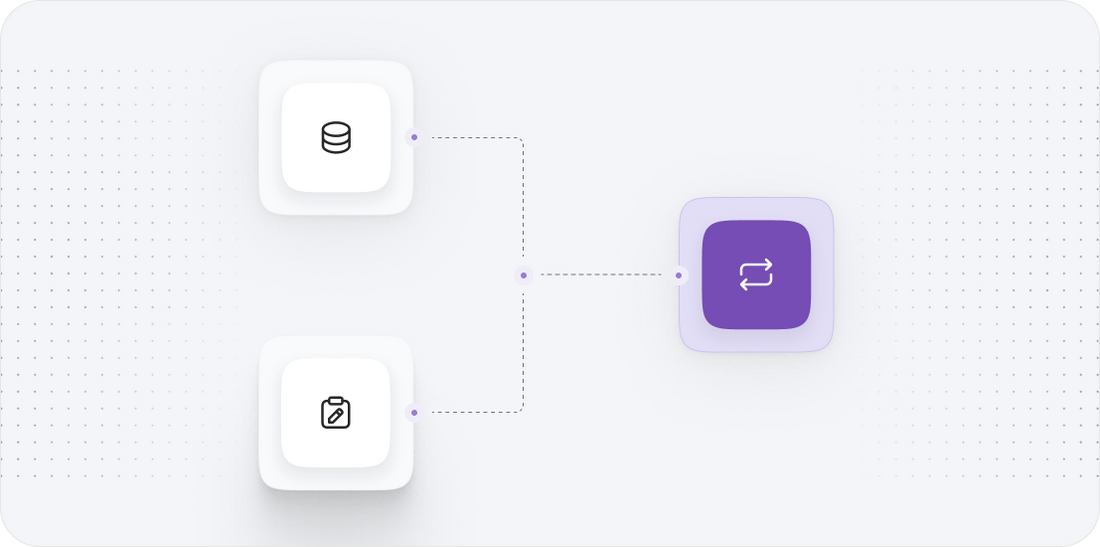
Step 2: Set Up Your BigCommerce Store
Setting up your BigCommerce store is a straightforward process, but it’s essential to ensure that every detail is configured correctly to facilitate a smooth migration from Magento.
First, sign up for a BigCommerce account and select a pricing plan that fits your business needs. BigCommerce offers various plans with different features suited for small to enterprise-level businesses. After signing up, you will have access to the BigCommerce dashboard.
Next, configure your store settings. Navigate to Store Setup and enter your store name, address, and contact information. Make sure to set the appropriate currency and language for your audience.
Following that, customize your store’s design using available themes. BigCommerce provides a variety of free and paid themes that you can customize to fit your brand identity. Choose a theme that aligns with your products and customer base, and begin to adjust it to your liking.
Finally, set up essential integrations such as payment gateways and shipping options. BigCommerce supports numerous payment providers, including PayPal, Stripe, and Square, which you can enable from the Payments section in your dashboard. Additionally, configure shipping settings to ensure you can deliver products efficiently to your customers.
- Sign up for a BigCommerce account and select a suitable plan.
- Configure your store details, including name and contact information.
- Customize your store design with themes.
- Set up payment gateways and shipping options.
Completing these steps will help us establish a solid foundation on BigCommerce, ensuring that it’s ready to accept your migrated data from Magento.

Step 3: Connect Your Magento and BigCommerce Stores
Connecting your Magento store to your newly set up BigCommerce store is a vital step in the migration process. This connection allows for the seamless transfer of data and minimizes the risk of data loss.
To initiate this process, we will use migration tools. One popular option is Cart2Cart, a service specifically designed for migrating data between different ecommerce platforms. Begin by creating an account on Cart2Cart.
Once you’re logged in, select Magento as your source cart and BigCommerce as your target cart. You will need to enter your Magento store URL and API credentials to establish this connection. Follow the instructions provided by Cart2Cart to generate the necessary API keys in your Magento admin panel.
After entering all required information, you’ll be prompted to choose which data entities you wish to migrate. Options typically include products, customers, orders, and more. Make sure to select all relevant data to ensure a complete migration.
Finally, confirm your settings and establish the connection. Cart2Cart will perform a test connection to verify that your details are correct, ensuring that both stores are properly linked before proceeding.
- Create an account on Cart2Cart.
- Select Magento as your source and BigCommerce as your target cart.
- Enter your Magento URL and API credentials.
- Choose the data entities you wish to migrate.
Successfully connecting your stores sets the stage for a smooth data transfer, ensuring that we can migrate all necessary information without complications.
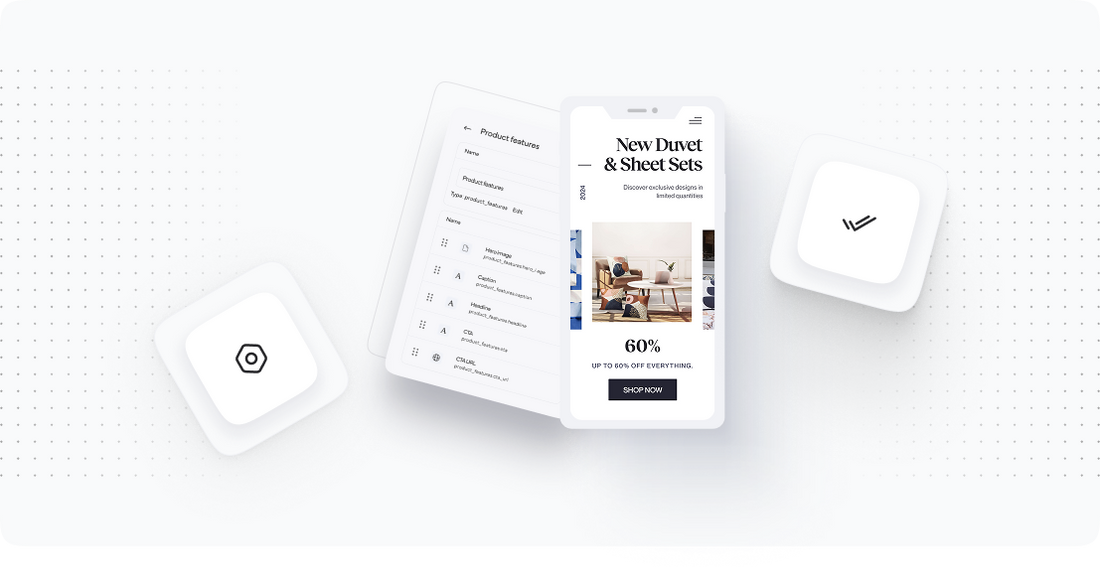
Step 4: Select Data Entities for Migration
Selecting the correct data entities to migrate from your Magento store to BigCommerce is crucial for maintaining your operational continuity. This step involves identifying and choosing the data types that are most important for your business.
In the Cart2Cart interface, you will see a list of data entities available for migration. Common entities include:
- Products: This includes product details such as names, descriptions, SKUs, prices, and images.
- Customers: Customer data will include names, email addresses, billing and shipping addresses.
- Orders: Historical data about past orders, including order status, payment information, and shipping details.
- Categories: Organizing products into categories for better navigation on your new site.
- Reviews: Customer reviews associated with products.
As you select the entities, consider your business model and which data will be essential for your operations on BigCommerce. You may also want to consider using Cart2Cart’s additional options to preserve important data like product IDs and customer accounts.
After making your selections, review them carefully to ensure that everything you need is included. This step is crucial, as missing data can impact your business operations once you transition to BigCommerce.
- Select products, customers, orders, categories, and reviews for migration.
- Consider using additional options to preserve data integrity.
- Review your selections to ensure completeness.
By carefully choosing the necessary data entities, we ensure that your transition to BigCommerce is as seamless and efficient as possible, allowing you to maintain business operations with minimal disruption.
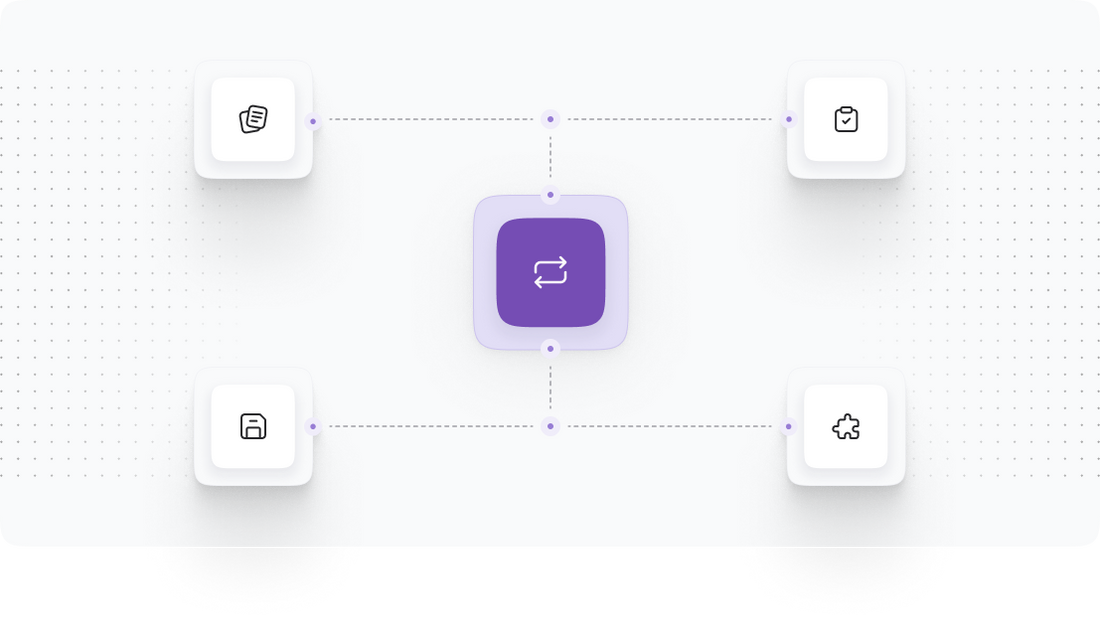
Step 5: Perform a Demo Migration
Before committing to a full migration from Magento to BigCommerce, it’s wise to conduct a demo migration. This allows us to preview what the data transfer will look like and to identify any issues that may need to be addressed before the final migration.
In the Cart2Cart dashboard, select the option for a demo migration. This will typically transfer a limited amount of data, such as a few products, customers, and orders, giving you a snapshot of what to expect.
During the demo migration, pay close attention to how the data appears on the BigCommerce platform. Check for any discrepancies in product descriptions, images, or customer information. Confirm that all categories are organized correctly and that the overall structure of your new store is in line with your expectations.
If any issues arise during this process, it’s essential to troubleshoot them before proceeding with the full migration. Cart2Cart provides support resources and documentation to help resolve common issues.
Once you’re satisfied with the demo results, you can confidently proceed to the full migration, knowing that you have addressed any potential concerns.
- Initiate a demo migration in Cart2Cart.
- Review the data transfer results carefully.
- Address any discrepancies or issues identified during the demo.
- Proceed to full migration once satisfied with the demo results.
Executing a demo migration significantly reduces the risk of complications during the full migration and ensures that you are well-prepared for the transition.
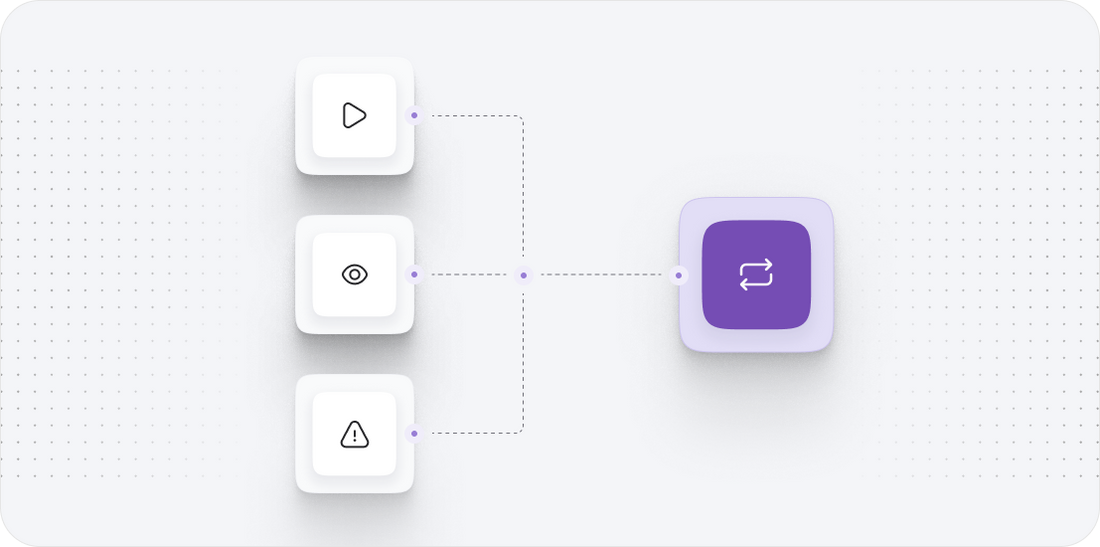
Step 6: Execute the Full Migration
With the demo migration completed and any necessary adjustments made, we are now ready to execute the full migration from Magento to BigCommerce. This is the final step in the data transfer process, and it’s essential to ensure that everything runs smoothly.
In the Cart2Cart dashboard, you can initiate the full migration by selecting the appropriate option. Double-check your selected data entities one last time to ensure that everything you want to migrate is included.
Once you start the migration, Cart2Cart will handle the transfer of all your data from Magento to BigCommerce. Depending on the size of your store and the amount of data being transferred, this process may take some time. You can monitor the progress through the Cart2Cart interface.
After the migration is complete, you’ll receive a notification. At this point, it’s crucial to thoroughly review your new BigCommerce store to ensure that all data has transferred correctly. Check product details, customer accounts, order histories, and any other important information.
If you encounter any issues or missing data, you can use the Cart2Cart tool to re-run the migration for specific entities as needed. This flexibility ensures that you can address any concerns without having to redo the entire migration.
- Initiate the full migration in Cart2Cart.
- Monitor the migration progress in real-time.
- Review your new BigCommerce store upon completion.
- Address any issues by re-running the migration for specific entities if necessary.
Executing the full migration successfully transitions your data to BigCommerce, allowing you to take full advantage of its capabilities for your online store.
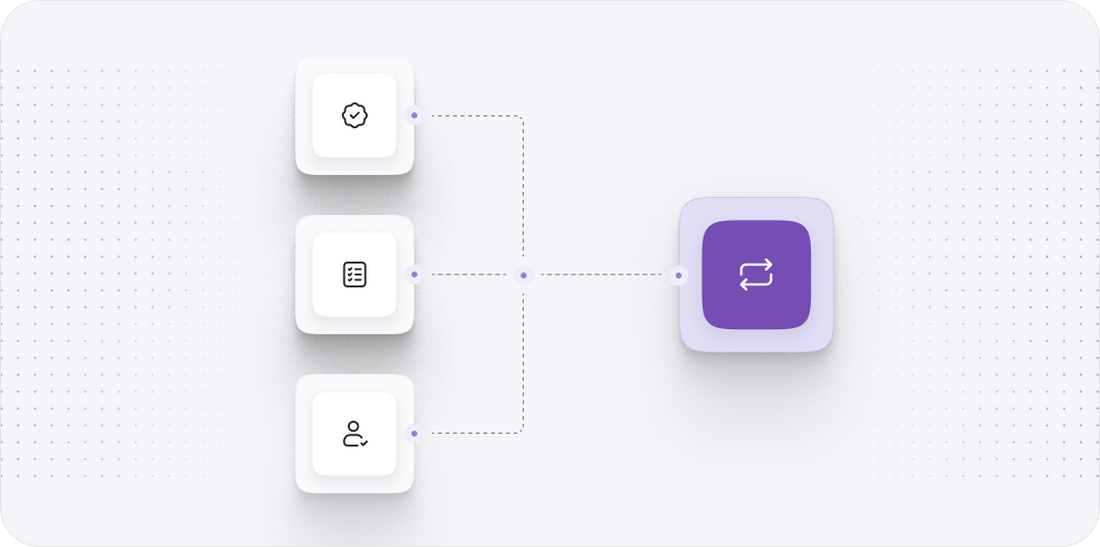
Step 7: Post-Migration Review and Testing
Once the migration from Magento to BigCommerce is complete, it’s essential to conduct a comprehensive post-migration review and testing phase. This step is vital to confirm that all data has been transferred accurately and that your new store operates as expected.
Start by reviewing all migrated data. Check product listings, customer accounts, and order histories for accuracy. Make sure all product images are displaying correctly and that descriptions and pricing are as intended.
Next, perform functional testing on your BigCommerce store. This includes testing the checkout process, payment gateways, and shipping options to ensure they work seamlessly. It’s also a good idea to test any custom features or integrations that you may have implemented.
Engage with your store’s functionality as a customer would. Simulate placing orders, checking out, and navigating through the site. This user testing will help identify any potential issues that need addressing before your store goes live.
Finally, after you are satisfied with the results of your review and testing, update your DNS settings to point to your new BigCommerce store and officially launch it to the public.
- Review all migrated data for accuracy.
- Conduct functional testing on checkout and payment processes.
- Simulate customer interactions to identify potential issues.
- Update DNS settings and launch your new BigCommerce store.
This post-migration review and testing phase is crucial for ensuring a successful transition from Magento to BigCommerce and helps to provide your customers with a seamless shopping experience.

Power Your Step - Get in Touch
Are you ready to take the next step in your ecommerce journey? At PowerCommerce, we specialize in seamless migrations from Magento to BigCommerce, ensuring that your transition is smooth and efficient. Our team of experts is here to guide you through every step of the process, from initial preparation to post-migration support.
Don’t let the complexities of migration overwhelm you. Let us handle the technical aspects while you focus on running your business. We are committed to delivering a migration experience that minimizes downtime and maximizes performance.
To get started, simply reach out to us:
- Visit our Contact Page and fill out the form.
- Call us directly at 800-099-9090.
- Email us at info@powercommerce.com to discuss your migration needs.
Our team is ready to assist you with tailored solutions that meet your unique business requirements. Don't wait--contact us today to power your ecommerce growth with a seamless Magento to BigCommerce migration!
Stay aligned on what's happening in the commerce world
Trusted by 1000+ innovative companies worldwide
Schedule Your Migration Today
For businesses prioritizing simplicity, scalability, and robust support, Shopify is the clear winner.
Looking to migrate without hassle? Power Commerce can handle the entire process, ensuring smooth data transfer, store setup, and post-launch success.
Marka Marulića 2, Sarajevo, 71000 BiH
00387 60 345 5801
info@powercommerce.com


